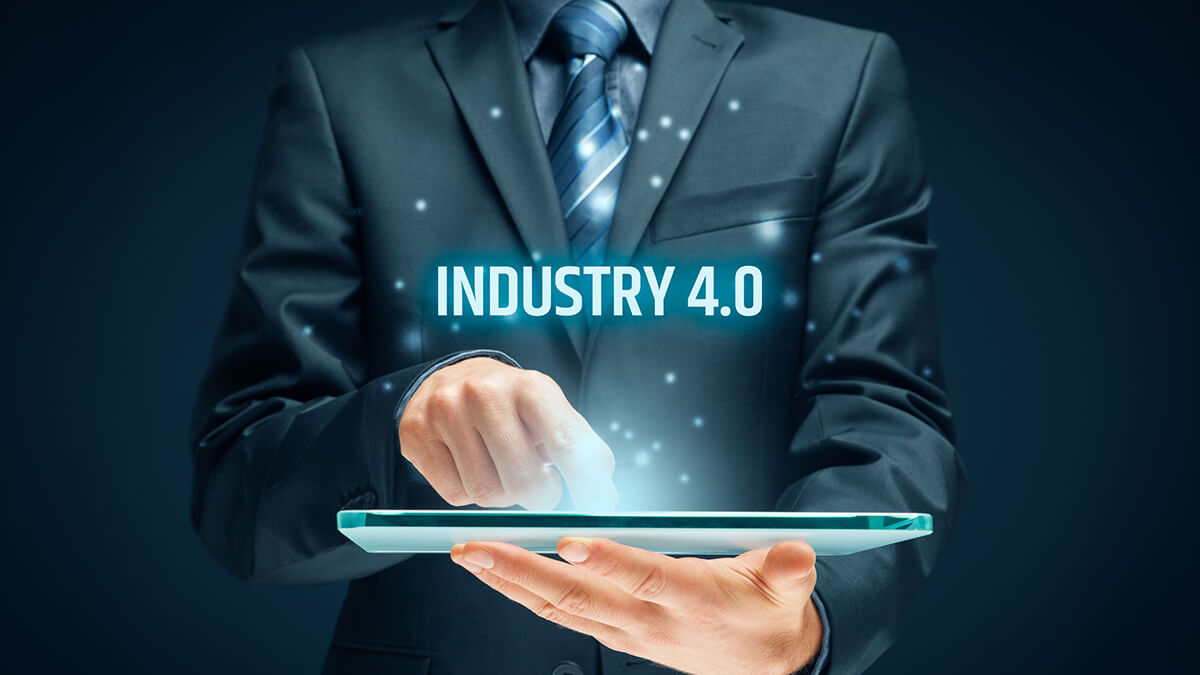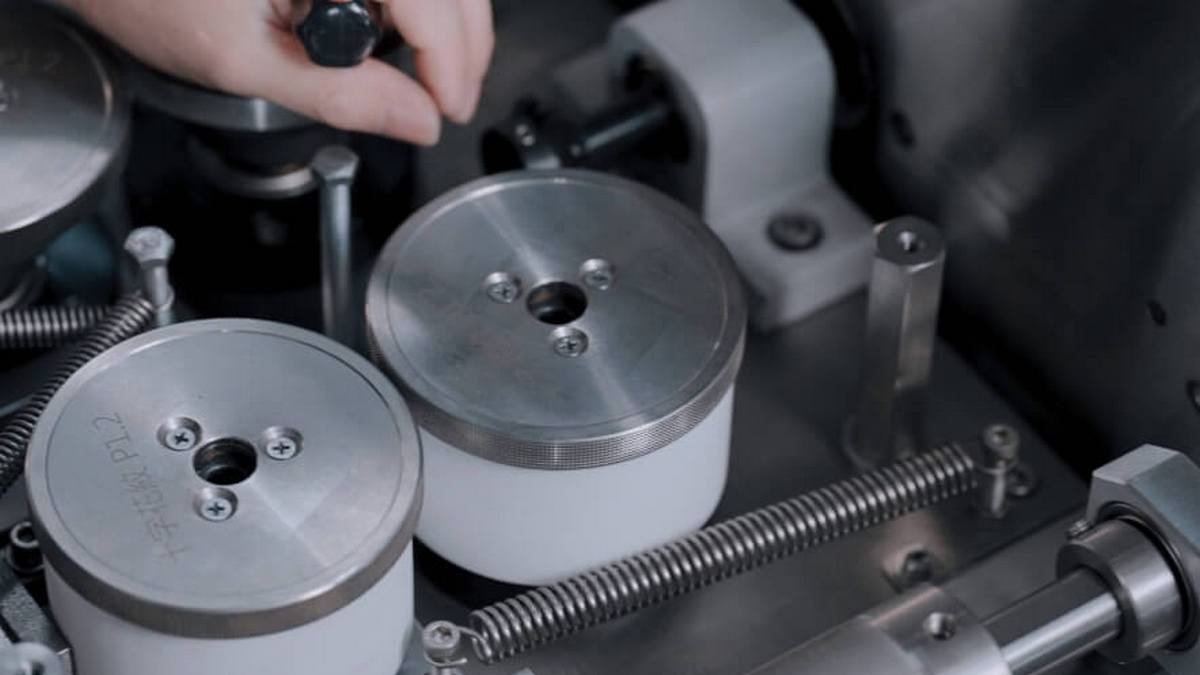Industry 4.0 is a topic that has been heard frequently in recent years, and what is Industry 4.0 is mainly to use the Internet of Things and big data analysis, with equipment that can be automated to increase the productivity of the manufacturing industry, which is also a new revolution in the industry.
To put it simply, Industry 4.0 is the massive use of automated robots, sensor IoT, supply chain Internet, sales, and production big data analysis to enhance the productivity and quality of the entire manufacturing value chain through human-machine collaboration. The production chain after the 4.0 industry can increase its production value to more than ten times the original, which is generally considered to be the origin of the next generation of the industrial revolution.
The spirit of Industry 4.0 is to link and optimize, link manufacturing-related elements, and optimize to enhance the competitiveness and profitability of enterprises. The goal of Japanese manufacturers focuses on pursuing "zero downtime and zero waiting", and the ultimate goal of German Industry 4.0 is set at the same cost to achieve the "maximum customization" production flexibility of economic batch size 1.
Take mechanical processing as an example: If multiple sensors are installed on the machine tool, various process data during part processing are acquired to monitor the cutting tool and machine status. Early warning can be obtained before the tool is excessively worn and replaced in time to improve the product yield. As far as equipment is concerned, you can grasp the status of the machine at any time, plan the maintenance schedule, and avoid unintended downtime that affects production. In this example, several manufacturing-related elements are connected: sensors, machine tools, data analysis software, and production execution systems. The optimization results reduce the loss of scrap due to the improved yield, extend the tool life, reduce the cost of the tool, and avoid the reduced production efficiency of unexpected downtime.
Let's take the customized production of sneakers as an example: If the manufacturer provides various parts, colors, and material options of sneakers on the website, so that customers can choose the color and material of their favorite parts for a customized combination, and order online, then Enterprises can manufacture sneakers according to customer preferences and sizes to improve customer satisfaction. To maintain the rapid delivery of customized production, enterprises must connect customer network order data, enterprise management systems (raw material supply, production scheduling), and factory physical production lines. Optimized result: Customized product manufacturing is completed in very short delivery time, and even a single quantity of orders can be accepted without increasing costs.
What are the manufacturing-related elements that can be linked?
The data stored in the computer or available through the network, as well as the physical objects in the factory, can be connected elements.
Computer or network data, such as part design drawings, monitoring data measured by sensors, customer network order data, enterprise management information, community website opinions on specific products, etc.
Physical objects, such as parts to be assembled in the factory, robot arms, conveyor belts, controllers, machine tools, inspection machines, etc.
People are also a link. Personnel within the enterprise, such as on-site personnel, product designers, and enterprise decision-makers who change the cutting tool upon receiving an early warning; personnel outside the enterprise, such as machine remote maintenance engineers, logistics providers, retailers, customers, etc. All are important players in the manufacturing network.
Industry 4.0 optimization goals
Industry 4.0 has different meanings for different industries: For example, in industries with large resource consumption, the primary purpose of linking is to save energy; for example, for B2C companies with very diverse product lines and high inventory costs, the purpose of introducing linking and optimization may be to reduce inventory Can deliver immediately. Therefore, each company has its own optimization goals, depending on the cost and benefit of the imported project. Therefore, Industry 4.0 is a buffet that can be chosen freely rather than full seats.
General enterprises can optimize their goals, such as the intelligent energy saving of the factory in terms of resources; in the process, such as monitoring the processing status of the production line with sensors, real-time online correction, or feedback to engineering design correction to improve product yield; in terms of asset efficiency For example, through remote monitoring, data analysis, predictive maintenance, etc. to maximize the efficiency of equipment use; in terms of human resources, such as "augmented reality" to assist manual operations, use robotic arms for human-machine collaboration, improve human resource utilization Efficiency; in inventory, it can connect upstream and downstream manufacturers to achieve real-time supply chain optimization and batch optimization; in terms of quality, such as statistical analysis and process control to improve product quality; in terms of supply and demand matching, data analysis can drive demand forecasting or value-oriented Design to optimize supply and demand matching; in terms of time to market, such as connecting customers and partners through collaborative creation, open innovation, simultaneous engineering, rapid trial production and simulation, etc., to shorten time to market; in after-sales service, through predictive maintenance and remote maintenance , Virtual guide self-service and other methods to improve customer Satisfaction.
Is Industry 4.0 equal to "robot + automation + big data"
The concept of Industry 4.0 is to connect and optimize. Robots and data analysis are all tools available for optimization. Whether they are used depends on the purpose of optimization. Different industries have different optimization goals: For example, industries with large resource consumption, the primary purpose of linking are to save energy, so the monitoring of production lines is important, and robots or automation are not the focus.
For factories with a high proportion of labor costs, some factories replace the manual operation with a robotic arm and link multiple processes into automation. If the cost-effectiveness is introduced, it will move to full automation or even turn off the lights. However, some production lines are not suitable for replacing manual operations with robotic arms. You can use other information and communication tools (such as simple customized work instructions or complex augmented reality) to assist employees in their operations to reduce employee burden and increase productivity. These two factories are in line with the spirit of Industry 4.0, but the tools and means are different.
Big data analysis has various uses in Industry 4.0. For example, for factories with high cutting tool expenditures, data analysis can be used to extend tool life. For B2C companies with diverse product lines and high marketing and inventory costs, then It can link customer information, community website discussion data, regional income growth and population distribution, etc. for data analysis and optimization to achieve precise marketing, real-time supply, and reduce inventory.
Therefore, robots or big data are one of the tools or means that can be used to achieve Industry 4.0, but whether they are used depends on the optimization needs of the factory or enterprise. The cost and benefit of introducing these tools must be the main consideration.
How is Industry 4.0 different from the past?
More elements can be linked than before, the response speed is faster, and the range of links can be wider, so the goals that can be optimized are more diverse and the benefits are greater. More elements can be connected than before. For example, a machine or a production line can be connected to many sensors, and the Industrial Internet can respond in real-time at a very fast speed. The scope of connection is wider, for example, people, things, and things related to the entire product life cycle can be connected. There are many more optimizable objectives, such as automatic response to various unexpected conditions in the factory, predictive maintenance of equipment, and after-sales service of products.
What is the future situation of manufacturing?
Some industries are suitable for a large number of customized products, and the future business model will be greatly changed. Take a large number of customized shoes as an example: since customers can choose customized products on the Internet and place orders directly, the manufacturing industry will have more opportunities to extend from B2B to B2C.
- The product is moving towards responsive production, that is, production is started only after receiving an order, reducing inventory costs and reducing the loss of unmarketable products.
- The long tail effect occurs: using responsive production, the product life cycle can be extended.
- Recalculation of profit formula: The manufacturing industry can be extended from B2B to B2C.
- With the ability to accept orders in small quantities, new customers and orders will be added accordingly.
What if Taiwan does not promote Industry 4.0?
Manufacturing competition has been expanded from cost, quality, delivery, and minimum purchase quantity and customized service satisfaction. If Taiwan ’s industry is not actively engaged in Industry 4.0 transformation efforts, it will most likely change the role and value of Taiwanese companies in the global supply chain, and even be eliminated in the next wave of the industrial revolution.
Some industries focus on quality and cost, such as mechanical processing. Competitors maintain quality through connection and optimization while also reducing costs. While Taiwan stays where it is, it will be difficult to maintain its current supply chain status.
In some industries, there is little difference in cost and quality between competitors, but companies that can "fast deliver and accept orders with small orders" have a greater advantage. Taiwan ’s existing industrial structure is dominated by small and medium-sized enterprises. In the past, it used flexible orders, flexible production, and quick response capabilities to win. In the future, maintaining its advantages in this respect must rely on industry 4.0.
Industry 4.0 will inevitably change the layout of the international industry and redistribute value and profits in the future. When international manufacturers have systematically linked manufacturing and optimization with telematics tools, the delivery speed is faster, and the batch can be received in as little as one piece, the existing advantages of Taiwanese companies no longer exist, and their role in the global supply chain is replaced, Will be a great worry in the future.
The definition of Industry 4.0 is to master and analyze end-users in real-time through virtual and real integration to drive innovation in products, services, and even business models.
"The beginning of all business activities begins with the buyer." Industry 4.0 is driven by customer service research and development, supply chain and production, and the entire system or entire value chain lifecycle management and service.
The "full life cycle management and service" of the future factory, the efficiency that can be achieved at each stage of the industrial manufacturing production process:
Product development test
- Shorten development and test time and cost
- Collaborative R & D
Supplier / Business Order / Purchase
- Shorten the time from feeding, receiving orders to production
- Reduce inventory
Production: Smart / Modular
- A large amount of customization, a small amount of diversity
- Machine condition monitoring, preventive maintenance
- Automatic adjustment of production line optimization
Channel sales
- Consumers get personalized products
- Close interaction between enterprises and consumers
customer service
- Customer machine status monitoring and preventive maintenance
- Remote maintenance of customer's machine
The benefits of the final effect of the industrial manufacturing supply chain include feedback on product design and development, driving business model innovation, and developing new markets and new businesses.
How to do Industry 4.0?
All machines in the upstream, midstream and downstream are connected to the Internet, and automatic dialogue and communication (IoT): Tracking records of the entire life cycle of components and products, real-time analysis of production data.
New technology required:
Hardware contain sensing device, network device, robot, wearable device, 3D printing, smartphone, tablet.
Software contain cloud platform, big data analysis, artificial intelligence, virtual reality VR / augmented reality AR.
Only in this way can we solve the problems that the manufacturing industry is facing with rapid market changes, personalized demand, production conditions that cannot be quickly and flexibly adapted, and labor shortages.














